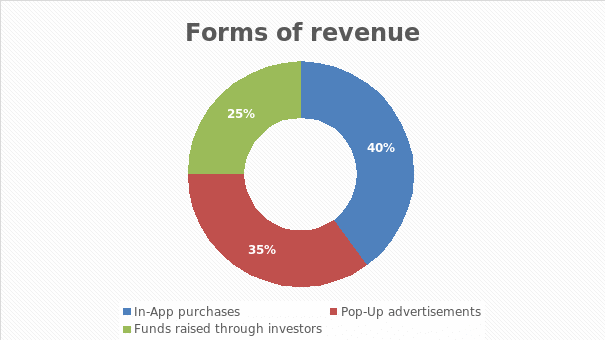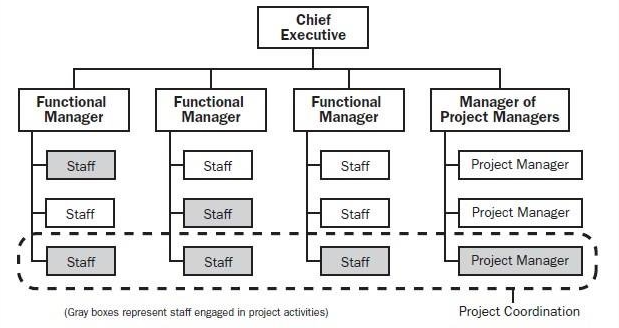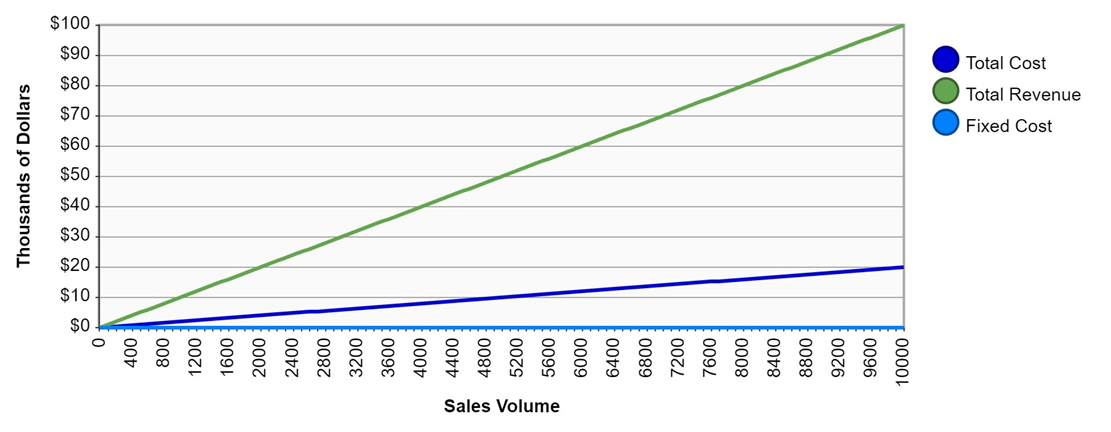Market Research
Health Trends in 2022
In order to create the most effective app in healthcare, it is necessary to monitor trends in this area and implement them. Moving with the times, it will be possible to offer users an up-to-date product for an extended period.
- Data analysis. An extensive array of data that the application can analyze is an undoubted plus. It is essential that the app study a variety of user indicators, offering them various solutions and health recommendations.
- Solutions based on artificial intelligence. Many modern applications use artificial intelligence, and it helps to analyze and process a massive amount of data, facilitating the decision-making process (Bohr & Memarzadeh, 2020). AI calculations help doctors make a more accurate diagnosis and prescribe the necessary treatment faster. AI’s capabilities are boundless, and its inclusion in a mobile app should virtually become a must, especially if staying ahead of the competition is critical (Bohr & Memarzadeh, 2020). This aspect will also allow the application to study the physical and psychological state of the patient based on vital signs and speech patterns.
- Blockchain. A relatively new cloud technique that splits stored data into protected blocks that are inaccessible to unapproved users (McGhin et al., 2019). Cloud solutions allow doctors to access patient information 24/7, while patients and users know that their data is securely protected.
Advantages of the App
- Accelerated diagnostics. Patients may communicate health-related data with physicians due to the many various sensors on current smartphones and wearable gadgets, making it easier to obtain a diagnosis, speeding up its formulation, and improving its accuracy.
- Convenient data processing. Saving the user’s health indicators in an electronic form greatly simplifies the work with patient data. This will allow people to exchange information with their attending physicians. Thus, when visiting a doctor, the application user will always be able to provide up-to-date and accurate data on the state of their health for a certain time.
- Remote treatment of patients. Social distancing became very important in 2020 when humanity faced a new virus. In addition, a convenient tab will be created inside the application, where users will be able to choose a suitable specialist.
- A system of points and rewards. This approach will motivate users to comply with their daily or other goals, for which they will be able to receive points. They, in turn, can be spent on getting discounts or buying things or services inside the app.
- Collaboration system. In order to keep users motivated in maintaining their goals, a system of cross-interaction between users will be created. Thus, they will be able to help each other, for which they will be able to get more points, which can be spent on additional services.
Feasibility Analysis
In order to identify the capabilities of the application on the market, it is necessary to understand its main characteristics. According to Reports and Data, the global market for mobile health monitoring applications will reach almost $312 billion by 2027 (GlobeNewswire, 2020). It is easy to explain the growth in popularity — this is both an increase in the overall level of care for your health and the availability of obtaining doctoral consultations through applications. Such services allow everyone to avoid serious medical errors: a common reason for incorrect diagnosis is ineffective communication between the doctor and the patient. It is worth mentioning that the use of artificial intelligence, in most cases, eliminates errors.
Medical startups all over the world are actively attracting investments into the industry and are striving to make a product more user-friendly. It is noteworthy that 40% of market participants do not belong to the healthcare sector (Mercom Capital Group, 2019). The number of investments into the industry in the United States in 2018 was a record — $9.5 billion (Mercom Capital Group, 2019). However, the leaders in financing medical digitization are the British companies. Babylon Health, the largest player in the market, received more than $500 million in private investments in 2019 (Ralph, 2021). Manufacturers of medical equipment occupy an active position in the market. AT&T, mQure, Allscripts Healthcare Solutions, Apple Inc., Omron Healthcare Inc., Samsung Electronics Corporation, Philips Healthcare, Bayer Healthcare, LifeWatch AG, Cardionet Inc., and others offer their solutions for health monitoring.
It is also necessary to note the activity in the medical services market, which can symbolize its potential. According to experts, the number of annual downloads of medical applications will grow by 40% in the near future, while the demand for them will become increasingly segmented (Callaghan et al., 2022). Fitness-related services are practically not lagging behind in the expected growth (39.5% more downloads per year). One of the market leaders is the American company Fitbit, a manufacturer of electronics and wearable devices for monitoring activity and health, bought in 2019 by Google. In November 2019, it owned 19.3% of the market, sold more than 100 million devices, and had 28 million users install the Fitbit app (Canalys, 2020). mHealth applications are developed at different levels: private and public. However, it is worth noting that our application combines various characteristics that allow you to avoid direct competition with large companies. It is also aimed more at creating the convenience of tracking daily life activity and health rather than being a direct treatment tool. In addition, such a situation opens various opportunities for the introduction of analogs in the Australian healthcare sector.
Key functions and Economics
Start-up Costs
According to preliminary calculations, the development of the application taking into account all the risks will take 40 working days – about two months.
Operating leverage and Its Implications
- Monthly subscription sales – 10000
- Subscription price – $10
- Profit – $50,000
- Revenue – $10000
- Operating leverage – 2
Implications: The essence of the operating leverage effect is that a change in revenue always generates a stronger change in profit. This effect is caused by the varying degree of influence of the dynamics of variable costs and fixed costs on financial results when the volume of output changes.
Revenue Drivers and Profit Margins
- In-App purchases. The idea is that users will be offered a monthly subscription, with which they will be able to access more content.
- Pop-Up advertisements. Ads will be shown to users who use the free version of the app. The material itself will relate to the field of health, diet, or fitness from partner companies, organizations, or events.
- Funds are raised through investors. It should be noted that at each stage, it is impossible to do without financing. At the start, it helps the company create the first product samples or test the selected business model. At the stage of expansion — to promote the product or enter foreign markets.
It is expected that income items will be distributed proportionally as follows (%):

Management Team and Company Structure
Company Structure
A matrix organization is a company structure that implies subordination of teams to several managers. The matrix structure provides an open exchange of information between teams and helps companies create more innovative products and services. Using this structure allows teams to avoid having to rebuild their work with the start of each new project. Working in a matrix structure creates a free flow of information between teams, since the team reports to several managers. While in a hierarchical system, team members must remember to transmit information, in a matrix structure, the presence of an information flow is a prerequisite.

Boards of directors consist of: CEO, CFO, Health Background Expert and Significant Investor
The Board of Directors is a collegial management body of a joint-stock company, accountable to the general meeting of shareholders, consisting of equal members. They implement their decisions by voting at in-person and absentee meetings and are responsible for the results of their activities. The Board of Directors sets the main guidelines for the company’s long-term activities. In addition, they evaluate and approve the organization’s key performance indicators. They also have a role in evaluating and approving the strategy and business plans for the main areas of activity. The Board of Directors annually approves the financial and economic plan (budget) on the recommendation of the executive bodies.
In order to create effective interaction between the management team and the board of directors, it is necessary to organize several additional committees. Through their activities, managers will be able to report on the performance of the departments for which they are responsible. All this information will be distributed relative to the categories: financial indicators, risks, remuneration, and nomination of candidates. Therefore, this will allow the best way to structure the company’s data. Due to this, the board of directors will have a more accessible and more precise picture showing which areas of the company’s activities changes should be made.
Marketing
Main objectives
- Achieve the effect of sociality
- Bring the brand to market
- Stimulating demand for supply, service
- Creating an image on the market
- Create and increase brand awareness in the market
- Achieve maximum loyalty to the product.
Brand loyalty
Entering the market with a new product, in this regard, the key task is to achieve maximum loyalty to the product and brand. The initiator of the project, first of all, needs to clearly convey to the user and related organizations the function of the brand and its positioning.
Marketing Plan
For the recognition of the service, various communication channels will be used, ranging from mobile advertising to Internet advertising, ending with viral videos and offline events.
Marketing activities
- Conducting analytical research.
- Collecting app statistics.
- Creating an advertising website.
- Creating informational and viral videos.
- Creating and maintaining groups, public pages in social networks (SMM).
- Working with advertising networks in the web and mobile (SMO) environment.
- Working with contextual and banner advertising in the web and mobile (SMO) environment.
- Work with search engine optimization in web and mobile (SMO).
- Work with specialized and informational publications (PR).
- Participation in exhibitions and conferences (PR).
- Partnership with fitness companies, medical institutions, and various specialists (doctors, psychologists, and trainers).
Project promotion and implementation plan
Stage #1: Service development
- Research and analytics of consumers, competitors, market.
- Conducting surveys and focus groups.
- Development of a logo, corporate identity, brand book. Creating a landing page.
- Optimization and promotion of landing page for search engines (SEO).
Stage #2: Market Entry (beta version) and active testing
- Creating, opening, and maintaining pages and groups in social networks.
- Promotion of groups, pages in social networks (test period).
- Research and analytics of consumers, competitors, market.
- Conducting focus groups on the usability of the application.
- Analysis of user behavior in a mobile application.
- Optimization and promotion of landing page for search engines (SEO).
- Promotion of the application using mobile advertising networks (test period).
- Search engine promotion SEM (test period).
- Research and analytics of consumers, competitors, market.
- The announcement of the application in the thematic media.
Stage #3: Stable release and active marketing
- Promotion of groups, pages in social networks.
- Announcement and review of the application in thematic and informational media.
- Promotion of the application using mobile advertising networks.
- Search engine promotion SEM.
- Research and analytics of consumers, competitors, market.
- Analysis of user behavior in a mobile application.
- Participation in conferences and exhibitions.
- Organization of special projects, partner projects.


References
Activate Care. (2021). About us.
Bohr, A., & Memarzadeh, K. (2020). The rise of artificial intelligence in healthcare applications. Artificial Intelligence in Healthcare, 25–60.
Callaghan, S., Lösch, M., Pione, A., & Teichner, W. (2022). Feeling good: The future of the $1.5 trillion wellness market. McKinsey & Company.
Canalys. (2020). North American wearables market Q2 2020.
Fortune. (2021). Telemedicine market size, share & COVID-19 impact analysis, by type (products and services), by modality (store-and-forward (asynchronous), real-time (synchronous), and others), by application (teleradiology, telepathology, teledermatology, telecardiology, telepsychiatry, and others), by end user (healthcare facilities and homecare), and regional forecast, 2020–2027. Fortune Business Insights.
GlobeNewswire. (2020). Mobile health (mHealth) market to reach USD 311.98 billion by 2027 | reports and data.
McGhin, T., Choo, K. K. R., Liu, C. Z., & He, D. (2019). Blockchain in healthcare applications: Research challenges and opportunities. Journal of Network and Computer Applications, 135, 62–75.
Mercom Capital Group. (2019). Q4 and annual 2018 digital health (healthcare IT) funding and M&A report.
Ralph, A. (2021). Virtual GP firm Babylon Health prepares for listing. The Times.